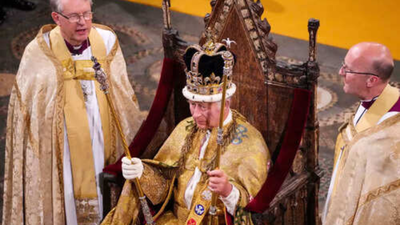ARTICLE AD BOX

By Ravi BhattAfter the third Nawab of Awadh, Shuja-ud-Daulah, and combined forces of the Nawab of Bengal Mir Qasim and Mughal king Shah Alam II lost the Battle of Buxar in 1764, the rulers of Awadh became mere puppets in the hands of the British.According to scholar Rosie Llewellyn-Jones, the kings of Awadh were re-crowned annually by the Residents for demonstrating the ruler’s source of authority.Scholar Amir Hasan also vouches for the Resident’s complete control over the ruler in his work mentioning that Nawab Wajid Ali Shah could not shift his royal throne from one place to another because the Resident did not approve of it.He had to remove his men and send them in exile on the diktats of Residents.According to ‘Paper Related To Affairs Of Oudeh’ (page 96) printed on June 28, 1834, Major John Low reports that the King offered him money for recommending to the Governor General for the removal of the then wazir.Historian Safi Ahmad, author of ‘British Residents at the Court of Awadh’, says that Governor General Lord Wellesley had the opinion that the whole power of the State was to be transferred to the Residents. KS Santha says, “The relationship of Nawab and Resident became that of a pupil and a Presbytarian tutor.”
Resident John Baillie, disregarding all the manners of dealing with the royals, used to walk into the Nawab’s palace any time. He crossed all the limits when in the last phase of his tenure at Lucknow, he once asked the 7th Nawab Ghazi-ud-din Haider to stop the practice of Royal Naubat, the beating of the drums for calculating and announcing the time because it disturbed his sleep.Safi Ahmad too mentions that Governor General Lord Hastings wrote that Nawab Ghazi-ud-din Haidar had himself complained about this to him.(The writer is a well-known historian and the author of ‘The Life and Times of the Nawabs of Lucknow’)



.png)
.png)
.png)
















 7 hours ago
5
7 hours ago
5









 English (US) ·
English (US) ·